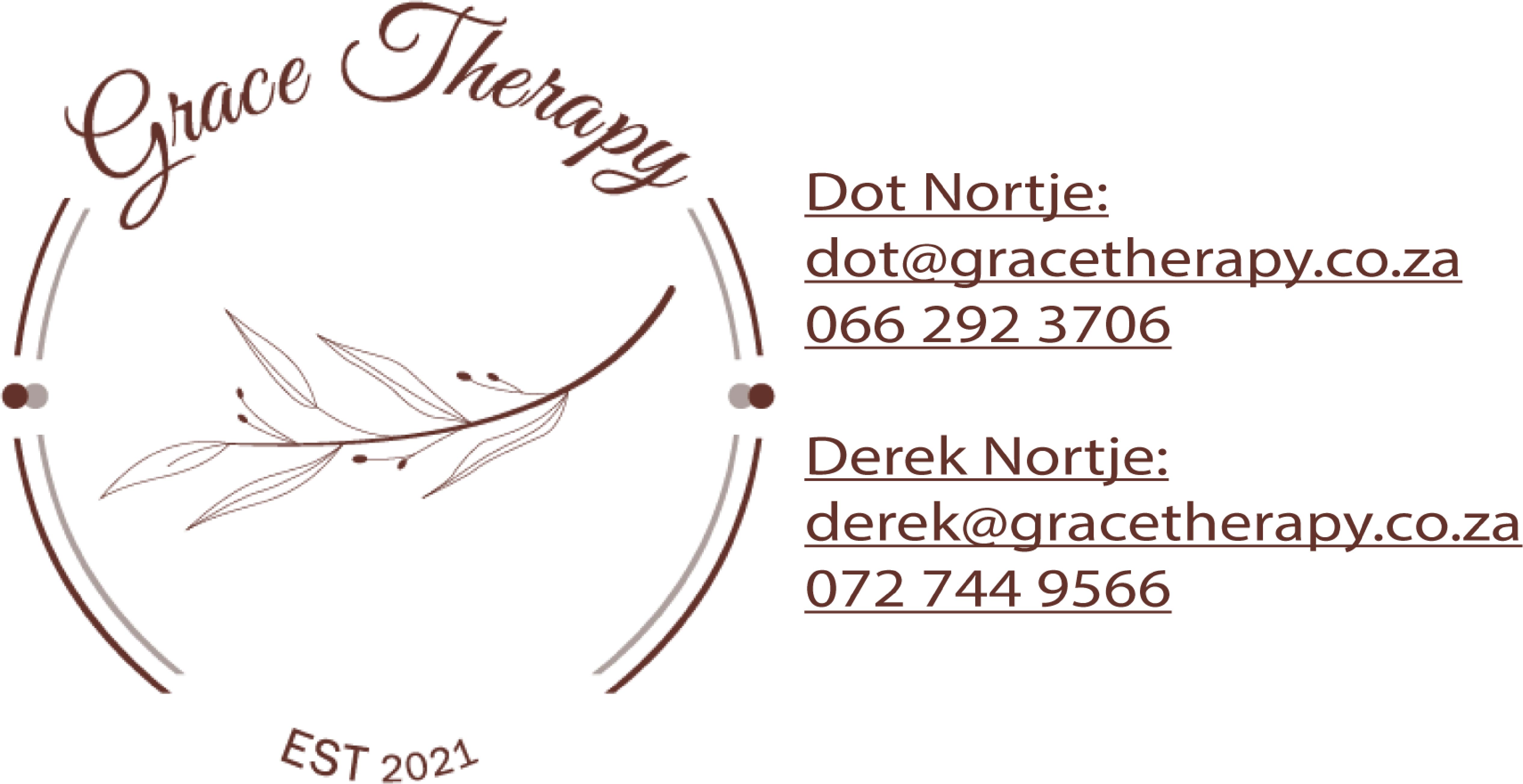Understanding your child’s learning challenges
A few definitions, plus symptoms to look out for
While only a professional assessment of the individual can determine with
certainty the disorder your child may be dealing with, the following definitions
are offered as guidelines.
Definition of Dyslexia
A learning disorder that can cause difficulties with reading, writing and spelling.
Definition of Dysgraphia
It is a neurological disorder of written expression. It impairs writing
ability and fine motor skills, spelling and legibility, word spacing and expression.
Definition of Dyscalculia
It is a specific set of learning difficulties that affect a child’s ability to
understand, learn, and perform maths and number-based operations.
Definition of Remedial
A plan of action to focus on basic concepts and better study habits, before
going for therapy to improve your abilities.
Signs and symptoms of dyslexia
The following are signs to be aware of. Make a note of the situation and
circumstances when you notice any of these signs and share it with your child’s therapist.
Coordination
| Signs |
Symptoms |
- The child is unable to coordinate tasks that should come naturally.
- Poor pencil grip.
- Poor fine-motor tasks, such as threading beads.
|
- General clumsiness.
- Difficulty with eye-hand coordination.
- Sporting activities could be problematic.
- Struggles with tying shoelaces, fastening shirt buttons.
|
Writing and memory
| Signs |
Symptoms |
- Difficulty revising for exams and tests.
- Weak short-term memory.
- Inconsistent writing style.
- Is fatigued when writing for long periods.
|
- Is responsible for perception and linguistic skills. (Language.)
- Struggles during examinations. Exam markers cannot read answers as handwriting is too poor.
- Struggles to remember homework and timetables.
|
Spelling
| Signs |
Symptoms |
- Difficulty in pulling words apart into separate sounds and blending sounds together to make words.
|
- The learner has difficulty learning to match
letter symbols with speech sounds (Phonics). Examples: p+at, farm+er, m+oo+n.
- Difficulty with spelling rules.
|
Reading
| Signs |
Symptoms |
- The child reads with additions, omissions, substitutions, repetitions and reversals.
|
- Difficulty recognizing sounds.
- Struggles to make up sounds by combining letters, like “ph” and “th”,
and to remember these sounds in words, now and at a later stage.
- Reading is slow and hesitant.
- Reluctant to read at home or for pleasure.
- Low self-esteem.
- Has no idea of punctuation and misreads simple words such as “saw” and “was”.
- Reluctant to read aloud.
|
Laterality Confusion
| Signs |
Symptoms |
- The child forms letter shapes incorrectly, and
reverses or write mirror-images of letters. Examples: B/D, f/j, b/d, s/z.
|
- Lacks internal awareness of the two sides of the body, and important skill needed for directionality.
- Not easy to identify up, down, left and right.
|
Daydreaming and Concentration
| Signs |
Symptoms |
- Lack of concentration when spoken to.
- Can’t read flowingly or keep up with comprehending a read piece.
|
- Tired easily.
- Loses concentration.
- Cannot decipher symbols and end up “daydreaming”.
- When required to read, the child is confronted by symbols of language which they find confusing.
|
Frustration/Emotional
| Signs |
Symptoms |
- The child is frustrated, as they don’t complete tasks in time correctly.
- Becomes nervous and anxious is assessment and examination situations.
|
- Written assignments are unfinished.
- The child has the knowledge but cannot write it down.
- The child withdraws, looks shy.
- The child presents with behavioural problems.
|
Experiencing any of the symptoms above isn’t a definite sign of dyslexia.
A formal diagnosis only comes after testing reading, language,
and writing skills. A child, furthermore, could have more than
one learning or mental disorder, like attention deficit hyperactivity disorder (ADHD).
